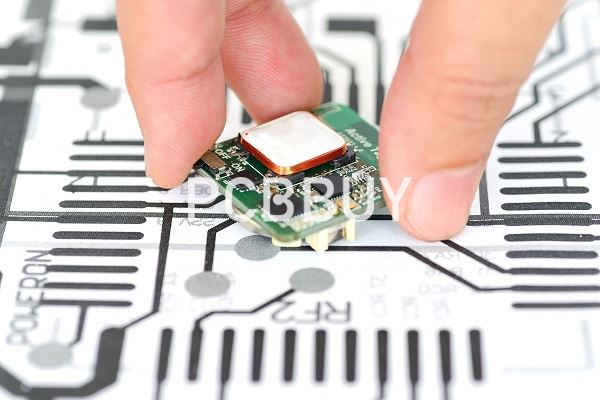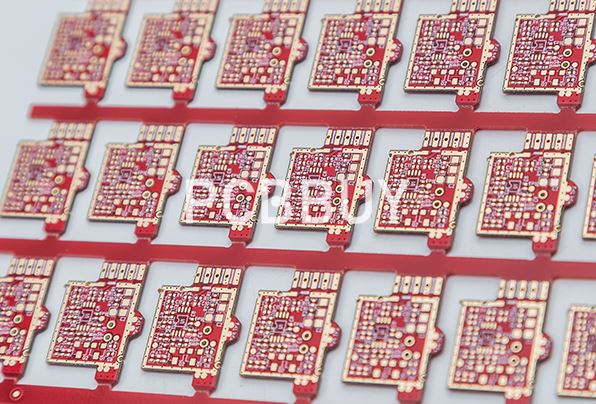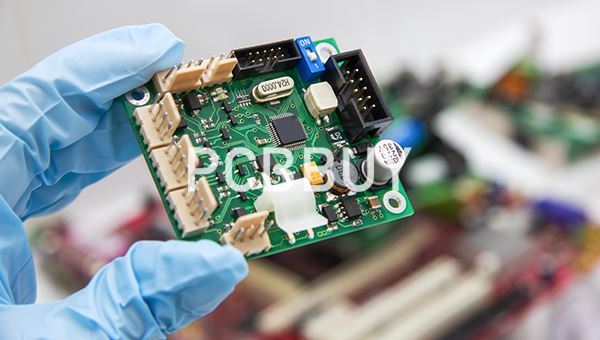Top 5 Essential Tips of PCB Design Layout Rules Recommendation
By:PCBBUY 01/11/2022 10:16

When starting a new printed circuit board design, it’s easy to leave the PCB design guidelines as an afterthought as you spend most of your time focusing on your circuit design and component selection. But at the end of the day, not providing ample time and focused effort on the PCB layout basics can lead to a design that translates poorly from the digital domain to physical reality, and could ultimately become troublesome for your manufacturer to fabricate. So what’s the key for designing a board that’s realistic on paper and in physical form?
Let’s explore the top 10 PCB design guidelines that you need to know to design your next manufacturable, functional, and reliable PCB. If you are curious about the PCB design, please check and read the content below in this passage.

What are the golden rules of PCB design?
Although the current level of semiconductor integration is getting higher and higher, many applications also have system-on-chips available at any time, and many powerful and out-of-the-box development boards are also more and more easily available, but many use cases in electronic products The application still needs to use a custom PCB. In one-time development, even an ordinary PCB can play a very important role. PCB is the physical platform for design and the most flexible part for electronic system design of original components.
Choose the right grid-set and always use the grid spacing that matches the most components.
Although the multi-grid seems to be effective, if engineers can think more in the early stage of PCB layout design, they can avoid the problems encountered in the interval setting and maximize the application of the circuit board. Because many devices use multiple package sizes, engineers should use the product that is most conducive to their own design. In addition, polygon is very important for circuit board copper. Multi-grid circuit boards generally produce polygonal filling deviation when polygonal copper is applied. Although it is not as standard as based on a single grid, it can provide more than the required circuit board life.
Keep the path shortest and most direct.
This sounds simple and common, but it should be kept in mind at every stage, even if it means to change the circuit board layout to optimize the wiring length.
Inspect Traces in your PCB Design
Traces are wire conductors responsible for current flow from one component to another. In your PCB- the solder masks cover up the particles. A good practice to reduce errors is color-coding the masks. Traces of only the top and bottom layers of your PCB designs are visible. The usual solder mask color is green- although other colors are also available. White is difficult to notice.
Errors due to Trace misplacement are common. The usual golden rule is- Keep the trace connections as clean as possible. Traces with sharp bends can be problematic for higher power or frequency transmission. Try to avoid steep 90-degree angles. There are exceptions to this general rule too. PCBs with square concentric spirals are a perfect example. We can find these characteristics of high-quality PCB.

Pay attention to the schematic details
Schematics control the project, so accuracy and completeness are critical for success. They include information that is necessary for the proper operation of the circuit. A schematic should include adequate design details, such as pin numbers, names, component values, and ratings.
Embedded within each schematic symbol is the manufacturer part number used to determine price and specifications. The package specification determines the size of the footprint for each component. The first step should be to make sure the exposed copper for each pin is in the proper location and is slightly larger than the component pins (3 to 20 mils) depending on available area and soldering method.
To process the component placement
Component placement is next in the process and determined based on thermal management, function, and electrical noise considerations. A first-pass component placement step commences after the outline of component and interconnect position has been assigned. Immediately after the individual components are placed, a placement review should be held and adjustments made to facilitate routing and optimize performance.
Placement and package sizes are often reconsidered and changes are made at this point based on size and cost. Components absorbing greater than 10 mW or conducting more than 10 mA should be considered powerful enough for additional thermal and electrical considerations. Sensitive signals should be shielded from noise sources with planes and be kept impedance-controlled.
What are the mistakes during PCB design?
Incompetent layout techniques
PCB designers must be able to develop excellent layout designs for the proper functionality of components that use printed circuit boards. Lately, there is a huge demand for PCBs with minimal footprints. Printed circuit board designers are therefore required to employ the use of smaller components that reduce footprint significantly. Generally, components that find use here are very close to each other.

Wrong/Incorrect designing tools
If anything, having the right tools or equipment in place is a fundamental step needed for a successful printed circuit board design. With the right tools, rest assured of a board that functions well in the intended place. Choosing the wrong equipment will bring about problems such as increased costs of manufacture and delayed time in creating the board's design. If you look around, there are high chances that there are plenty of printed circuit boards in the market designed using incorrect designing tools.
Decoupling incorrectly located capacitors
Critical components of the board require a clean and very stable source of voltage. But for decoupling capacitors to function as desired, they must be close to the pin that requires the stable voltage. Sadly, most PCB designers struggle with this, leading to components that don't work in the right way.
Industry Category











